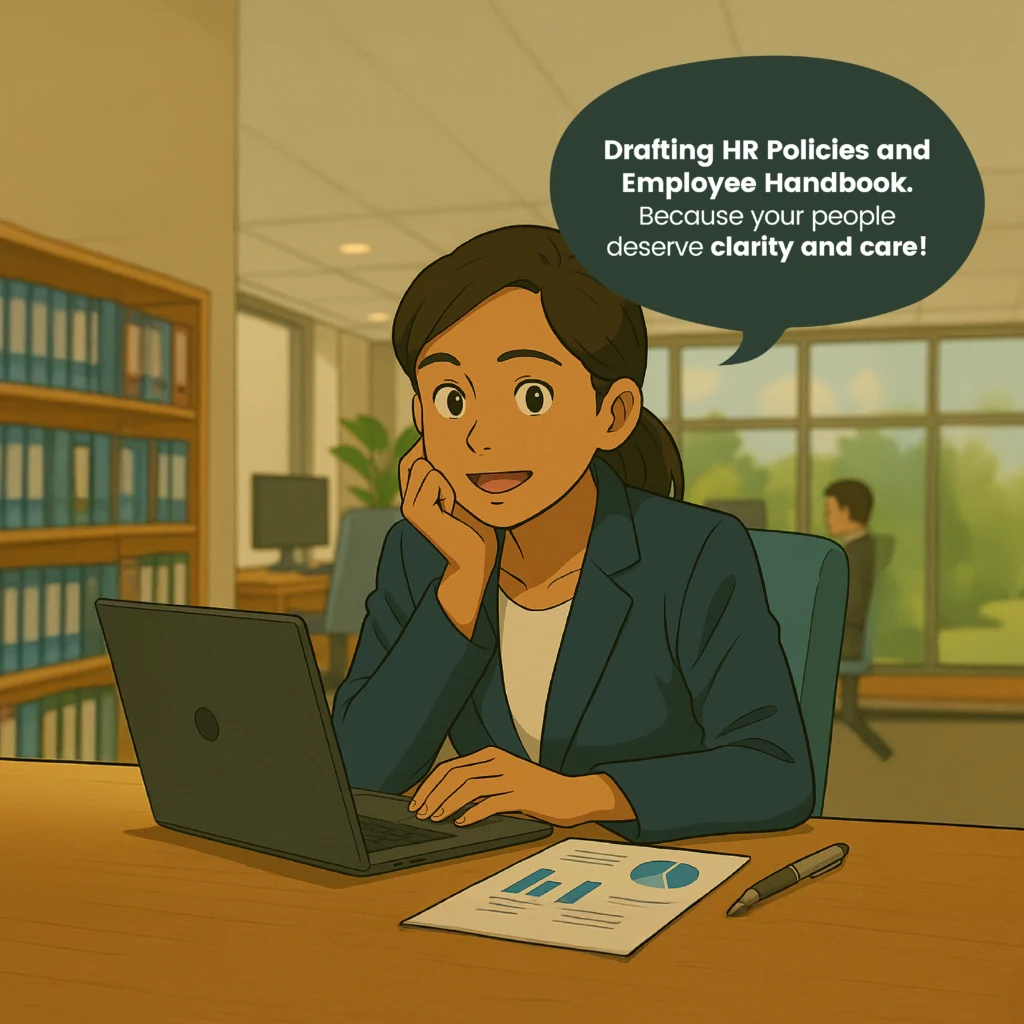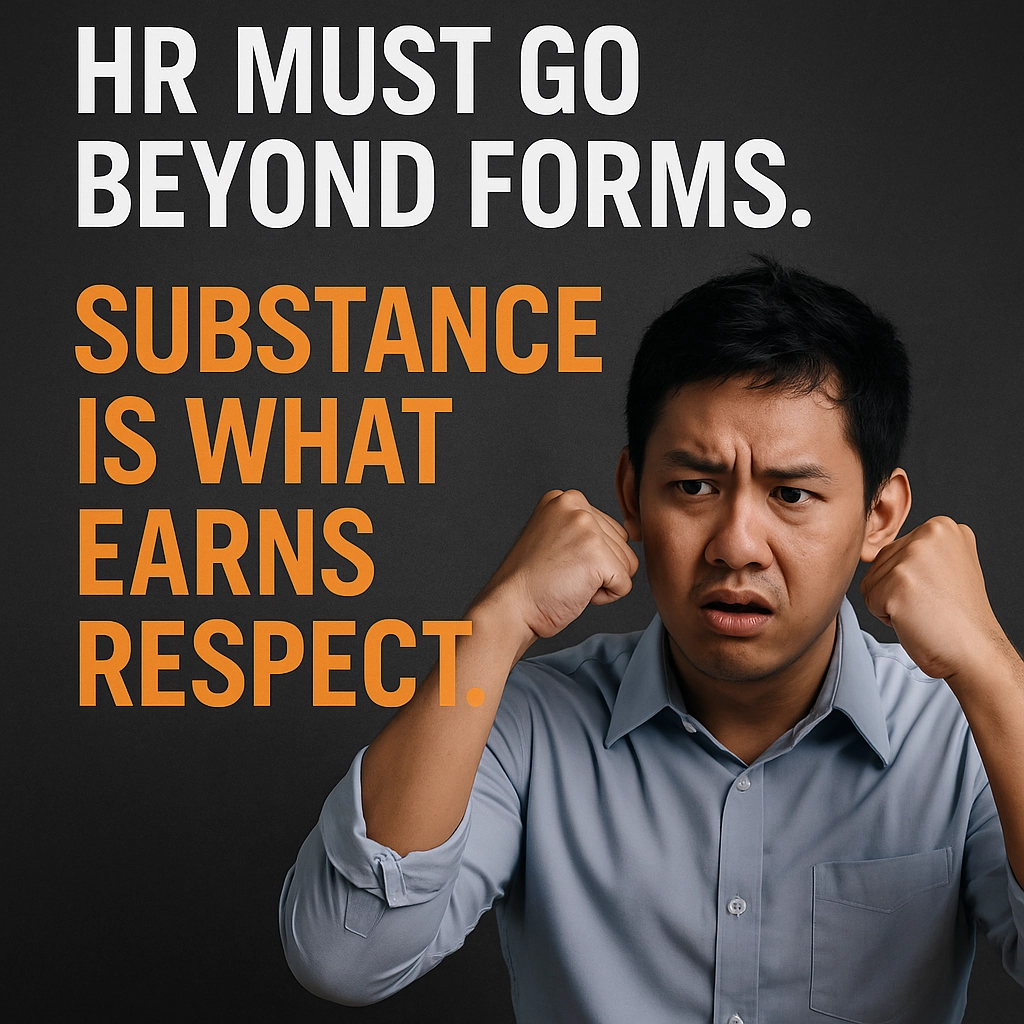Drafting HR Policies and Employee Handbook: A Complete Guide
Drafting HR policies and an employee handbook is more than a legal requirement; it is a cornerstone of a healthy, well-functioning workplace. These documents clearly define employee rights, responsibilities, and organisational expectations, reducing misunderstandings and promoting consistency across the company. Whether you are an HR professional, a manager, or a business owner, understanding how to create effective policies and a comprehensive handbook is essential for compliance, engagement, and operational success.
If you’re just starting your HR journey, our HR for Beginners guide covers the fundamentals you need to build a strong HR foundation.
Why HR Policies and Employee Handbooks Matter
Clear HR policies and an employee handbook serve multiple purposes:
- Legal Protection – Ensures your company complies with employment laws and minimises the risk of disputes.
- Consistency – Standardises decision-making and promotes fairness.
- Employee Engagement – Helps staff understand their rights, benefits, and workplace culture.
- Organisational Alignment – Reinforces company values and expectations.
For example, a policy on remote work ensures all employees understand eligibility, procedures, and accountability measures. Without it, misunderstandings can lead to conflict or decreased productivity.
Key Steps to Drafting HR Policies and Employee Handbook
Below are the essential steps for building a clear, legally compliant, and practical HR framework.
1. Identify Essential Policy Areas
When drafting HR policies and your employee handbook, start with the most critical topics. These often include:
Code of Conduct and Leave Policies
Your Code of Conduct sets the tone for workplace behaviour and ethics. Leave policies, meanwhile, ensure everyone understands entitlements for annual, sick, parental, and unpaid leave.
Work Hours, Attendance, and Compensation
Clarify regular schedules, overtime rules, and any remote work arrangements. Compensation and benefits policies should outline salary structures, bonuses, and allowances so employees know exactly what to expect.
Performance Management and Health & Safety
Performance policies explain appraisal processes and improvement plans. Health and safety guidelines protect employees in emergencies and daily operations. To ensure compliance with Malaysia’s updated OSH laws, read The OSH Act is In Force. What Every Malaysian Business Must Do in 2025.
Disciplinary and Grievance Procedures
Finally, make sure your handbook includes clear disciplinary procedures for handling misconduct, as well as grievance processes for resolving employee complaints. For example, a well-defined process for investigations and hearings can prevent legal disputes and maintain trust. To understand this in depth, see Domestic Inquiry: The Complete Guide to Investigation, Prosecution, and Procedure.
2. Ensure Legal and Regulatory Compliance
HR policies must align with local employment laws and industry regulations. For example, in Malaysia, the Employment Act 1955 and Industrial Relations Act 1967 outline specific requirements for contracts, working hours, and termination processes.
Termination rules can be complex. Our article Termination Isn’t a Process. It’s a Legal Minefield explains the risks and how to avoid costly mistakes.
Pro Tip: Consult an employment lawyer or refer to official government resources such as Jabatan Tenaga Kerja to ensure accuracy.
3. Draft Policies in Clear, Simple Language
Avoid complex legal jargon. Instead, use plain, direct language that employees can easily understand.
❌ “Employees are hereby obligated to submit attendance reports in accordance with the prescribed schedule.”
✅ “Submit your attendance report by 10 AM every Monday.”
Additionally, keep sentences short, use bullet points for lists, and include definitions for key terms. This approach ensures that all employees, regardless of background, can understand your policies.
4. Organise the Employee Handbook Effectively
Your handbook should be structured in a way that is easy to navigate. A suggested layout includes:
- Welcome Message and Company Overview
- Core Values and Mission
- Employment Policies
- Compensation and Benefits
- Workplace Conduct and Safety
- Leave and Attendance
- Performance and Development
- Disciplinary Procedures
- Acknowledgement Page (for employees to sign)
5. Maintain Consistency in Formatting
Inconsistent formatting can confuse readers. Therefore, use:
- Standardised headings and subheadings
- Consistent fonts and sizes
- Numbered sections for easy reference
A style guide can help maintain this consistency across all HR documents, ensuring your handbook looks professional and trustworthy.
6. Communicate and Implement Effectively
Simply drafting HR policies and an employee handbook is not enough. You must also communicate them clearly to your employees.
For example, you can:
- Hold an orientation session for new hires.
- Email updated policies to all employees.
- Post the handbook on the company intranet.
- Allow time for Q&A sessions to clarify doubts.
For more practical insights and community discussions on employee handbooks, join the conversation in our Malaysia HR Forum Facebook Group.
7. Review and Update Regularly
Workplaces evolve, and so should your policies. Review them at least annually or whenever there are significant legal or organisational changes.
In addition, invite feedback from managers and employees to identify areas for improvement. This not only keeps your policies relevant but also increases employee buy-in.
Common Mistakes to Avoid
- Copying generic policies without tailoring them to your company.
- Overloading the handbook with unnecessary details.
- Using vague or ambiguous language.
- Failing to get legal review before publishing.
FAQ: Drafting HR Policies and Employee Handbook
Q1: Do small businesses need an employee handbook?
Yes. Even small companies benefit from having clear, documented policies as it sets expectations and protects both employer and employees.
Q2: How often should HR policies be updated?
At least once a year, or whenever there is a change in laws or company structure.
Q3: Should employees sign the handbook?
Yes. A signed acknowledgement ensures employees have read and understood the policies.
Drafting HR policies and an employee handbook is a vital step in building a transparent, compliant, and productive workplace. By focusing on clarity, legal compliance, and effective communication, you can create documents that truly serve your organisation and employees.
If you are ready to strengthen your HR foundation, start drafting your HR policies and employee handbook today. Your team and your bottom line will thank you.
Download our free Employee Handbook Template and start creating clear, compliant policies for your workplace today.














